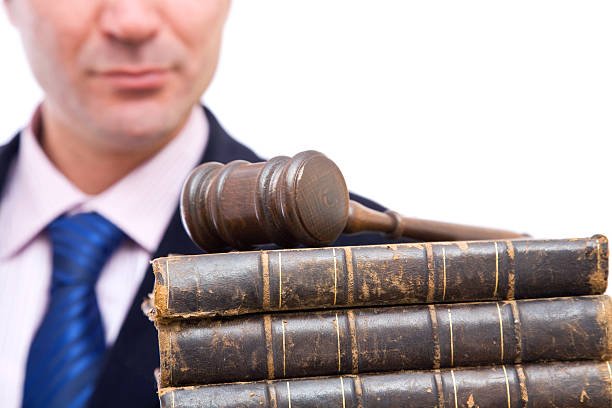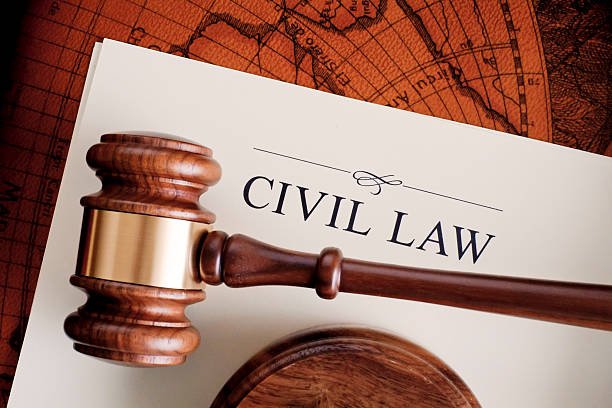Introduction:
In a society that constantly evolves, the legal system plays a crucial role in ensuring the protection of its most vulnerable members. Recognizing the unique challenges faced by girls, the Supreme Court has been at the forefront of establishing and upholding laws that seek to safeguard their rights and well-being. This article explores the significant legal frameworks put in place by the Supreme Court to ensure the protection of girls and promote gender equality.
1. Constitutional Safeguards:
The Indian Constitution serves as the cornerstone for ensuring the protection of girls. The Supreme Court, as the guardian of constitutional values, has consistently interpreted and enforced provisions that promote equality and justice. Fundamental rights, including the right to life and personal liberty (Article 21) and the right to equality (Article 14), form the bedrock upon which the Court has built its jurisprudence on girls’ protection.
2. Criminal Laws:
The Supreme Court has played a pivotal role in interpreting and strengthening criminal laws aimed at safeguarding girls from various forms of abuse. Landmark decisions have been made in cases involving crimes such as rape, child marriage, and human trafficking. The Court has consistently affirmed the severity of these offenses and underscored the need for stringent punishment to act as a deterrent.
3. Protection Against Child Marriage:
Child marriage remains a pervasive issue affecting the lives of countless girls in India. The Supreme Court has actively engaged with cases related to child marriage, establishing a precedent that emphasizes the importance of consent, age, and the well-being of the child. Through its interventions, the Court has sought to break the shackles of tradition and protect the rights of girls to education, health, and a childhood free from premature responsibilities.
4. Education and Empowerment:
Recognizing education as a powerful tool for empowerment, the Supreme Court has been instrumental in shaping policies that promote the education of girls. In various cases, the Court has emphasized the right to education as a fundamental right and a means to break the cycle of poverty and discrimination. This approach aligns with the broader goal of fostering gender equality and dismantling societal barriers that limit girls’ opportunities.
5. Implementation and Accountability:
While legal frameworks provide a solid foundation, their effective implementation is critical. The Supreme Court has consistently underscored the importance of accountability in ensuring the protection of girls. This includes monitoring the enforcement of laws, addressing systemic issues, and holding responsible parties accountable for their actions. The Court’s proactive stance in this regard reinforces the notion that the law is not just a set of rules but a living, evolving instrument that actively shapes societal norms.
Conclusion:
The Supreme Court’s commitment to girls’ protection is evident in its unwavering dedication to upholding constitutional values and interpreting laws in a manner that reflects the evolving needs of society. As we navigate the complexities of the modern world, it is crucial to recognize the role of the Supreme Court in shaping a legal landscape that prioritizes the well-being and rights of girls. Through its decisions, the Court continues to send a powerful message: that every girl deserves to live a life free from discrimination, violence, and exploitation. In safeguarding our girls, we secure the future of a just and equitable society.



